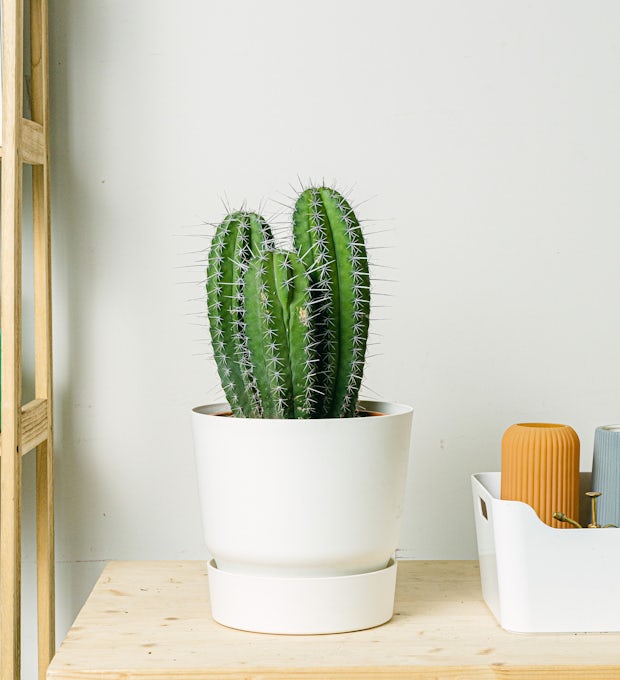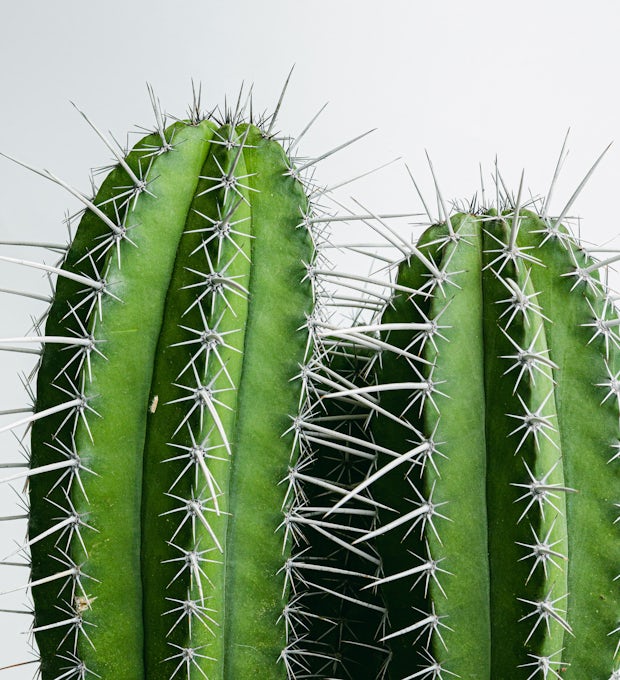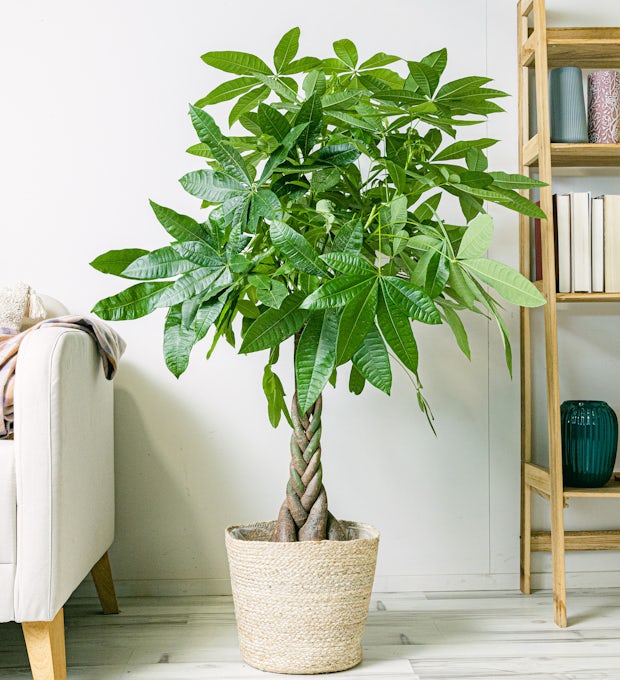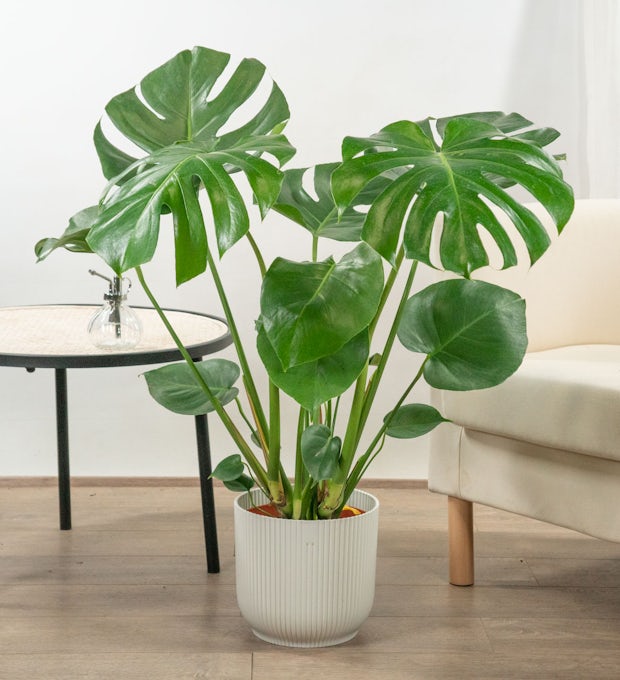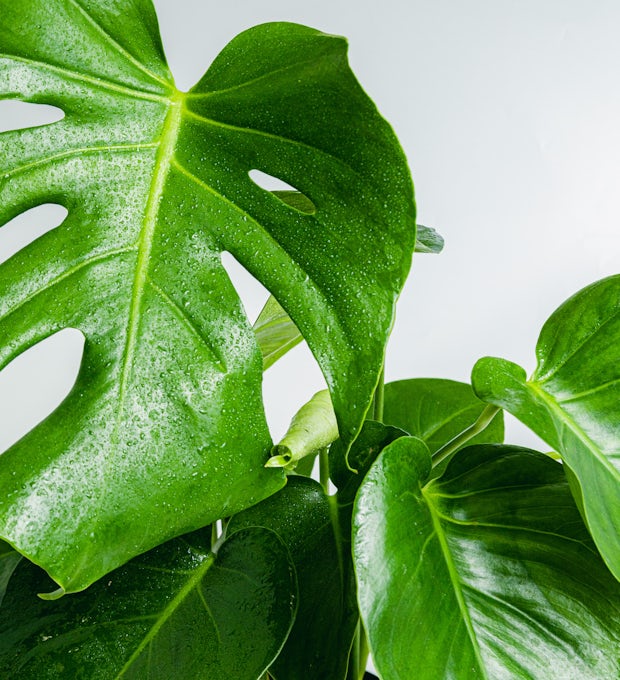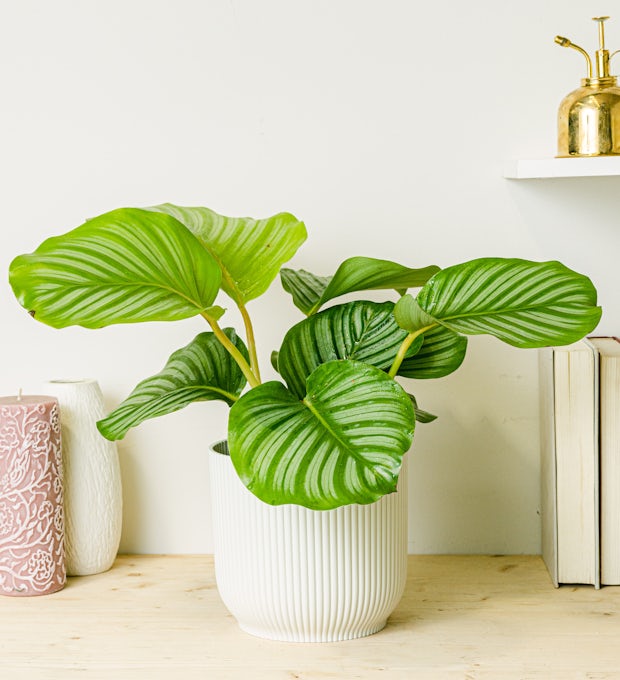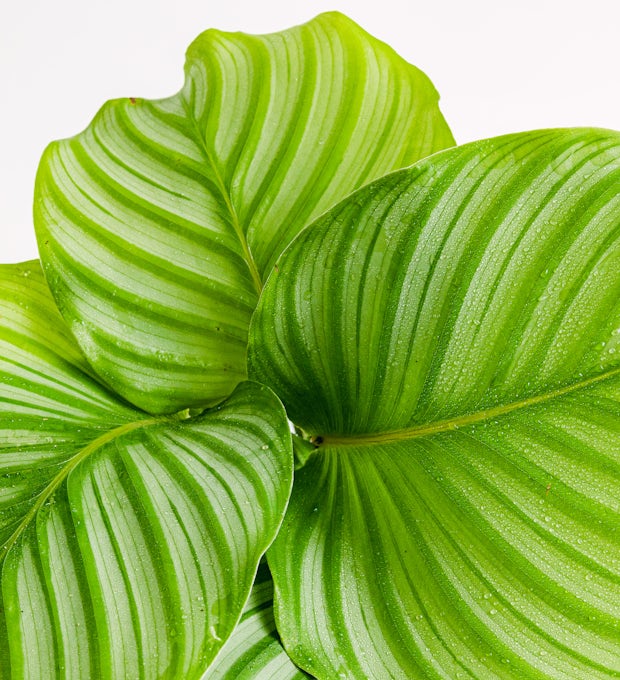Houseplants are a great way to bring life and freshness to any home. In addition to being decorative, they also offer many health benefits, such as purifying the air and reducing stress. However, if you're new to the world of houseplants, it can be overwhelming to know how to properly care for them. In this article, we'll provide you with everything you need to know about transplanting houseplants, from how to choose the right plant for your space to how to prepare the ideal substrate for transplanting. We'll also give you tips and tricks to make sure your transplant is a success. Read on to become a houseplant care expert!
Benefits of having houseplants in your home
Having houseplants in your home not only adds beauty and décor, but also offers a number of benefits for your well-being. Houseplants help purify the air, removing toxins and increasing oxygen levels in the environment. This is especially beneficial in enclosed spaces where air quality may be poor. In addition, plants can help reduce stress and improve mood. Studies have shown that being close to nature, even indoors, can have a positive effect on our mental and emotional health. Another advantage of having houseplants is that they can increase humidity in the environment, which is beneficial in dry climates or during the winter months when heating systems can dry out the air. In addition, plants can also act as acoustic barriers, absorbing sound and reducing ambient noise. In short, having houseplants in your home not only beautifies your spaces, but also improves air quality, reduces stress, increases humidity, and decreases noise. It's an easy and natural way to create a healthier, more pleasant environment in your home.
Choose the right plant for your space
When choosing a houseplant, it is important to consider the space available in our home. Some plants can grow up to several meters tall and take up a large space, while others are more compact and can fit into tighter spaces. In addition, it is important to consider the amount of natural light that the place where we want to place our plant receives, since some species need direct exposure to the sun to grow properly, while others prefer more shady places. On the other hand, we must also take into account the humidity of the environment, as some plants need a humid environment to survive.
Some of the most popular indoor plants are ferns, succulents, and cacti, as they don't require too much space and are relatively easy to care for. However, if we are looking for something more decorative and flowering, we can opt for plants such as orchids or African violets. In any case, it is important to research the specific needs of each species before deciding on one or the other.
In short, choosing the right plant for our space involves considering factors such as the size of the plant, the amount of natural light available, and the humidity of the environment. Once we take this into account, we can select the species that best suits our needs and make sure we provide it with the necessary care to grow healthy and happy in our home.
We ship plants to all locations, you can see more options here.
The Importance of pot size in Plant Growth
The importance of pot size in plant growth lies in the fact that it provides adequate space for root development and thus for the healthy growth of the plant as a whole. Choosing the right size pot is essential to ensure that the plant has enough space to expand its roots and absorb the necessary nutrients from the substrate. If the pot is too small, the roots can become tight and limited in their growth, which can lead to poor plant development and even health problems such as dwarfism or lack of flowering.
On the other hand, if the pot is too large compared to the size of the plant, too much space can result in poor drainage and water retention, which can lead to root rot issues and fungal diseases. Additionally, a large pot can cause the plant to invest more energy in root growth instead of developing healthy, abundant foliage.
It is important to consider the maximum expected size of the plant before choosing a pot. Some species are slow growing and don't require a large pot from the start, while others can grow quickly and will need a more spacious pot from the start. It should also be noted that some plants prefer to be a little tight in their pots, as this gives them a cozier environment and promotes more compact growth.
In short, choosing the right pot size is critical to healthy houseplant growth. A proper pot will allow for optimal root development and ensure that the plant receives the nutrients needed to thrive.
We ship plants to all locations, you can see more options here.
How to prepare the ideal substrate for transplanting
Once you've chosen the right plant and the right size pot, it's important to make sure the substrate is ideal for transplanting. Substrate is the medium in which your plant will grow, so it should provide the necessary nutrients and allow for good water and air circulation. While you can buy pre-mixed substrates from specialty stores, you can also make your own. A good basic mix for the substrate would be three parts peat moss or compost, two parts coarse sand or perlite, and one part vermiculite or sphagnum moss. This ensures good drainage and adequate moisture retention. In addition, you can also add some nutrients to the mix, such as bone meal or crushed eggshells to provide calcium. If the plant you're transplanting requires a specific substrate, be sure to do your research before preparing it. It is important to remember that the substrate must also be free of pests and diseases before use to avoid contamination in the new pot. In short, preparing the right substrate is crucial to transplant success. Be sure to take into account your plant's specific needs and mix the right ingredients to provide it with a healthy environment to grow.
The basic care to keep your plants healthy and happy
Keeping your houseplants healthy and happy is essential to enjoying their beauty and benefits. First of all, you need to make sure that you water them regularly, but without overdoing it. It is important to prevent water from accumulating at the base of the pot, as this can lead to root rot. Also, pay attention to the specific needs of each plant in terms of the amount of light and temperature. Some species require more direct sun, while others prefer cooler environments. On the other hand, it is advisable to clean the leaves with a damp cloth to remove dust and allow them to photosynthesize properly. You can also fertilize them with organic fertilizer once a month to provide them with the nutrients they need for growth. Finally, don't forget to check them regularly for signs of pests or diseases, such as yellow leaves or white spots, and take preventative measures if necessary. With this basic care, you'll be able to keep your houseplants healthy and happy for a long time.
Common Mistakes When Repotting Houseplants And How To Avoid Them
One of the most common mistakes when repotting houseplants is not doing it at the right time. It is important to identify when the plant needs to be repotted and not to do it before or after. Another mistake is not choosing the right pot. If the pot is too large, the substrate will stay moist longer, which can lead to root and rot problems. On the other hand, if the pot is too small, the plant won't have enough room to grow and develop properly.
Another common mistake is not preparing the right substrate for transplanting. It is important to use a quality substrate and make sure it is well-drained. In addition, care must be taken when removing the plant from its original pot to avoid damaging the roots.
It's also important to consider the amount of light the plant receives after transplanting. If transplanted to a location with too much direct light, it can burn and die. On the other hand, if transplanted to a low-light location, it can affect its growth and development.
Finally, another common mistake is not watering properly after transplanting. It is important to keep the substrate moist for the first few days after transplanting to help the plant establish itself in its new pot. However, care must be taken not to overwater as this can lead to rot problems.
To avoid these mistakes, it is advisable to research the specific needs of each type of plant before transplanting and carefully follow the necessary steps to ensure a successful transplant.
Tips and Tricks for a Successful Transplant
Tips and Tricks for a Successful Transplant
Performing a houseplant transplant can be an exciting but also challenging task. To ensure a successful transplant, it's important to keep a few tips and tricks in mind. First of all, it is essential to choose the right time to perform the transplant. Ideally, this should be done in spring or autumn, when the plant is in its active growth period. In addition, it is important to prepare the right substrate for transplanting. Mixing quality soil with compost or worm castings can provide the nutrients needed for good plant growth.
Another crucial aspect is selecting a pot of the right size. It is advisable to choose a pot that is slightly larger than the current one, to allow the roots to grow. However, you don't want to overdo it, as this can lead to excess moisture in the substrate and negatively affect the plant.
During transplanting, it is important to carefully handle the plant's roots to avoid damaging them. It is also recommended to water the plant before transplanting, which will make it easier to remove the previous pot and minimize stress on the plant.
Once the operation is done, it is essential to provide the necessary care to maintain the health and happiness of the plant. This includes watering it regularly but not excessively, providing it with the right amount of sunlight according to its needs, and fertilizing it periodically with a specific fertilizer for houseplants.
By following these tips and tricks, you'll be able to enjoy a successful transplant and watch your houseplants grow and flourish in your home.
Houseplants can bring numerous benefits to our home, such as improving air quality, creating a relaxing environment, and increasing our connection to nature. However, in order for these plants to thrive, it is important to consider several factors, such as the type of plant, the size of the pot, and the right substrate. In addition, it is essential to provide them with the necessary care to keep them healthy and happy. When transplanting, we should avoid making common mistakes that could negatively affect the growth of our plants. That's why it's critical to follow tips and tricks to ensure a successful transplant. So before you begin this process, take the time to do your research and prepare properly. Remember that each plant is unique and requires specific care. Explore this fascinating world of houseplants and enjoy the process of care and growth!
